House Foundation Repair Costs Overview
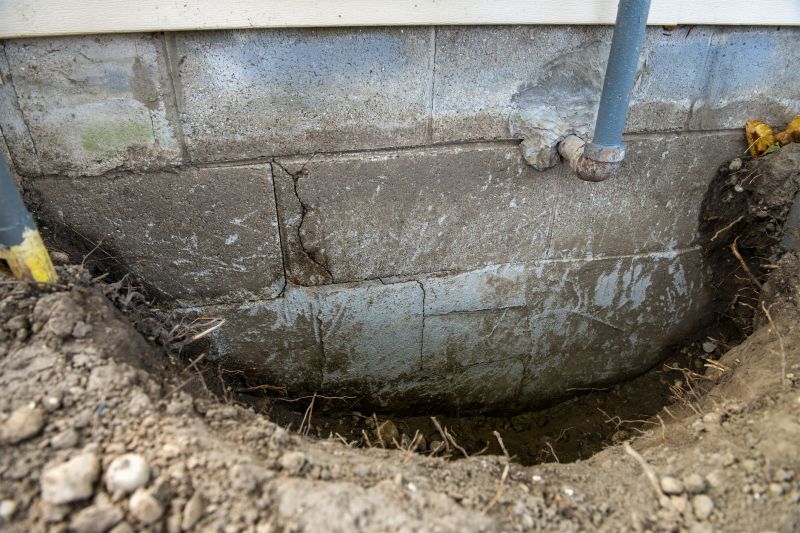
Soil stability and type greatly affect repair costs, with unstable or expansive soils often requiring more extensive work.
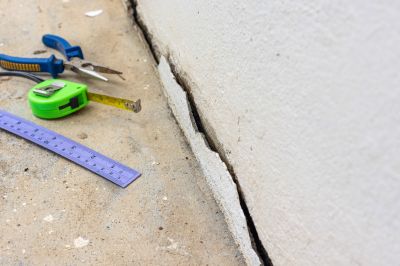
Large cracks or foundation settling increase repair complexity and expenses.
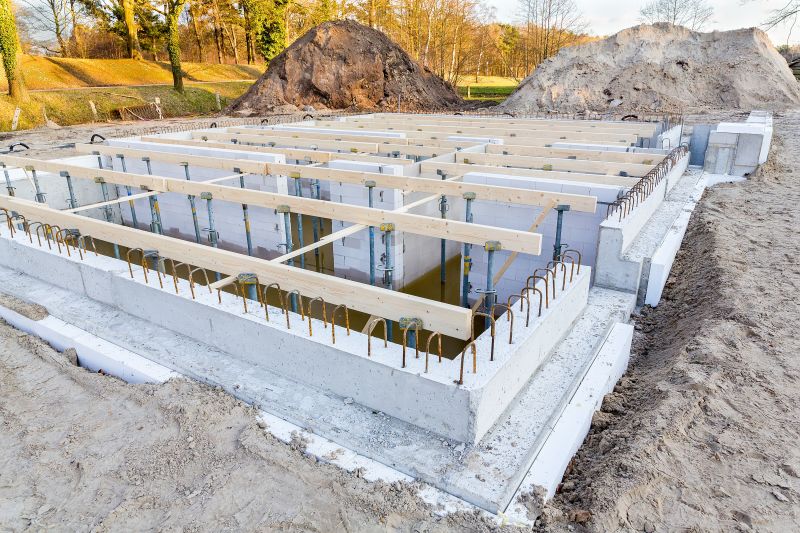
Techniques like underpinning or piering vary in cost depending on the chosen approach.
| Factor | Impact on Cost |
|---|---|
| Foundation Type | Concrete slab, pier and beam, or basement foundations influence repair methods and costs. |
| Damage Severity | Minor cracks may cost less, while significant settling or cracking increases expenses. |
| Soil Type | Expansive or unstable soils require more stabilization work. |
| Access Difficulty | Hard-to-reach areas can add to labor and equipment costs. |
| Location | Regional labor rates and material costs affect overall pricing. |
| Repair Technique | Methods like epoxy injections, underpinning, or mudjacking vary in cost. |
| Permitting and Inspection | Additional fees for permits and inspections can add to the total. |
| Additional Repairs | Work on plumbing or framing may be necessary, increasing costs. |
The cost of house foundation repairs can vary widely based on the specific circumstances of each property. Minor repairs, such as sealing small cracks, may cost a few hundred dollars, whereas extensive underpinning or stabilization work can reach several thousand dollars. It is important to evaluate the severity of damage and consult with specialists to determine an accurate estimate.
Factors like soil conditions and foundation type are critical in assessing repair costs. Foundations built on expansive clay soils tend to require more reinforcement, increasing expenses. Additionally, the accessibility of the foundation and regional labor rates play significant roles in the final cost. Proper assessment and planning can help manage expenses effectively.
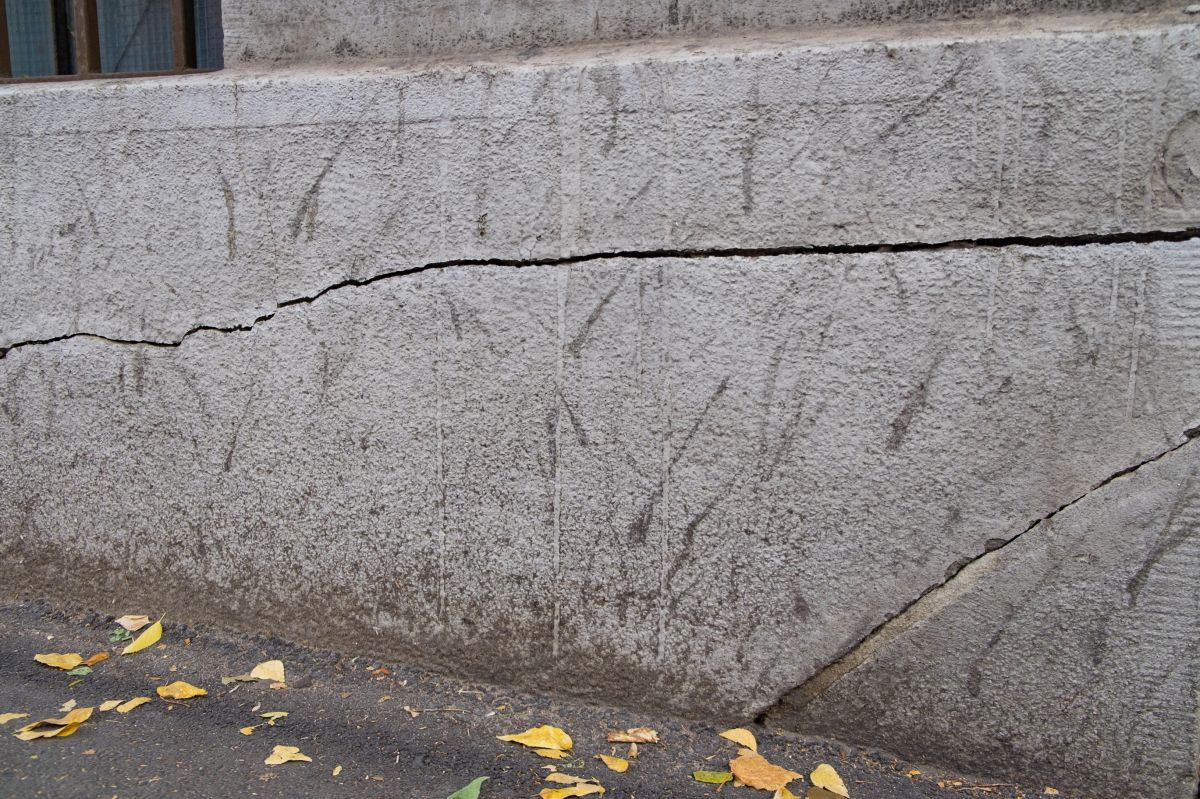
Cracks or uneven floors inside the home may indicate underlying foundation issues, often requiring targeted repairs.
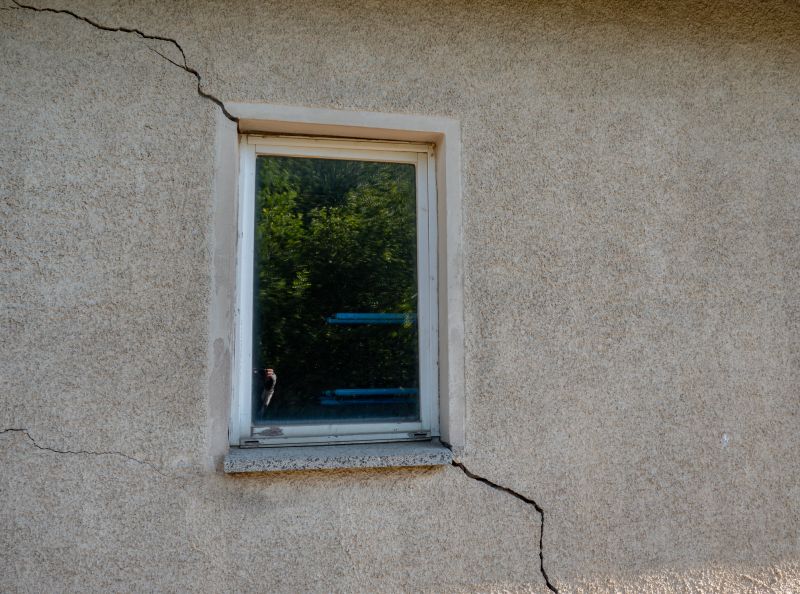
Visible cracks on the foundation exterior can signal structural problems needing assessment and repair.
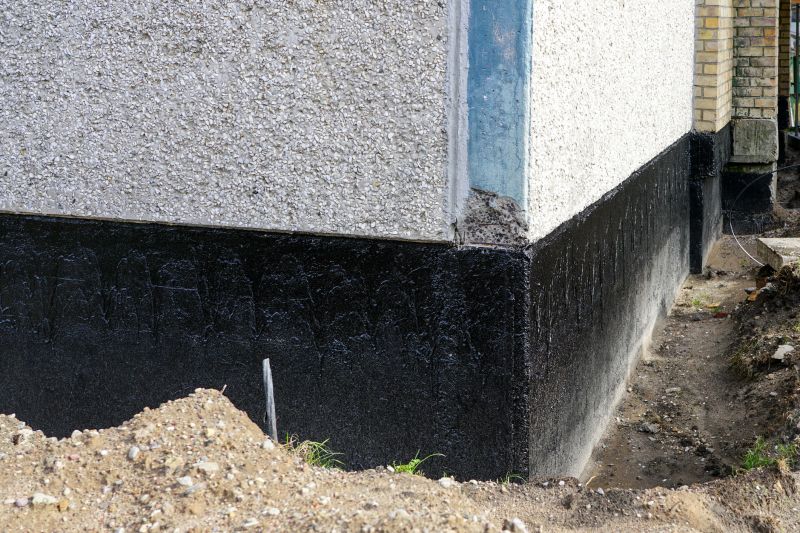
Bowing basement walls suggest pressure from soil or water, often necessitating reinforcement.
| Repair Aspect | Estimated Cost Range |
|---|---|
| Interior Crack Repair | $300 - $1,000 |
| Exterior Crack Repair | $500 - $2,000 |
| Basement Wall Reinforcement | $2,000 - $10,000 |
Interior repairs such as crack sealing are generally less costly and can be completed quickly. Exterior crack repairs involve excavation and sealing, which may require permits and additional labor. Reinforcing bowing basement walls is more extensive, often involving wall anchors or underpinning, leading to higher costs. Accurate diagnosis and tailored repair plans are essential for effective and efficient foundation restoration.
Supports and stabilizes the foundation, typically costing between $5,000 and $15,000 depending on size and method.
Includes replacing or reinforcing piers, with costs ranging from $3,000 to $8,000.
Raising sunken concrete slabs, generally costing $500 to $2,500 per section.
| Service | Average Cost |
|---|---|
| Foundation Inspection | $300 - $600 |
| Crack Sealing | $300 - $1,000 |
| Pier and Beam Stabilization | $3,000 - $8,000 |
| Basement Wall Reinforcement | $2,000 - $10,000 |
| Waterproofing Basements | $5,000 - $15,000 |
| Soil Stabilization | $4,000 - $12,000 |
| Drainage Improvements | $2,000 - $7,000 |
| Drain Tile Installation | $3,000 - $8,000 |
| Structural Reinforcement | $6,000 - $20,000 |
| Foundation Replacement | $20,000 - $50,000 |
